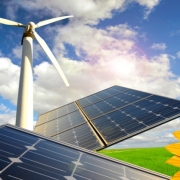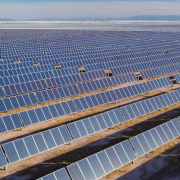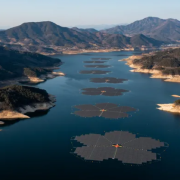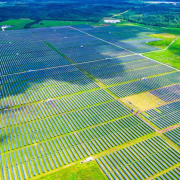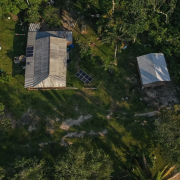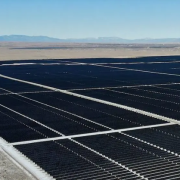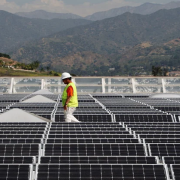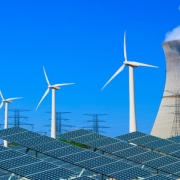If humans escape climate scientists’ gloomiest projections, if we buy ourselves time to adapt to higher seas and fiercer heat waves, we will likely use more electricity than we do now, and we will make it without emitting greenhouse gases.
Today, the United States is running a natural experiment in electricity generation, with a patchwork of policies and power grids. To eliminate electricity’s greenhouse gas emissions, it makes sense to ask: What can we learn from the states that make cleanest power?
The chart below shows how the United States has made electricity for the past twenty years, represented as the percentage of power generated from each fuel source. To show how their relative usage has shifted, the fuels are stacked each year from top to bottom in order of percentage.
Click here to read the full article
Source: The Washington Post
—
If you have any questions or thoughts about the topic, feel free to contact us here or leave a comment below.

